KILIMANJARO CLIMB
Understanding the Kilimanjaro Climbing Experience
The Kilimanjaro Climb is a once-in-a-lifetime journey to the summit of Mount Kilimanjaro, Africa’s highest peak and the world’s tallest free-standing mountain. This legendary mountain is made up of three volcanic cones: Shira, Mawenzi, and Kibo. Although Shira collapsed long ago, Kibo and Mawenzi still remain—each with its own unique appeal.
While Mawenzi Peak is steep, jagged, and requires technical mountaineering skills as well as special permits, most treks are designed to reach Kibo, the highest and most accessible peak. That’s why the term Kilimanjaro Climb usually refers to the trek to Uhuru Peak—the highest point on Kibo and the ultimate goal for most climbers.
By Tanzanian law, every traveler attempting the Kilimanjaro Climb must be accompanied by a certified local guide and a team of trained porters and support crew. These dedicated professionals not only carry your gear and set up camp but also ensure your safety, comfort, and morale throughout the trek.
There are multiple routes that lead to the summit of Kibo, each offering a different landscape, pace, and level of difficulty. The routes are generally named after the villages where they begin, and include: Marangu Route, Machame Route, Lemosho Route, Rongai Route, Umbwe Route, Shira Route and Northern Circuit Route.
Choosing the right path for your Kilimanjaro Climb depends on your fitness level, schedule, and preferences for scenery, crowd levels, and acclimatization time.
But the Kilimanjaro Climb is about much more than reaching the summit.
It’s a journey of personal discovery, rich in breathtaking landscapes, rare alpine flora, and diverse wildlife. You’ll hike through five distinct climate zones—from lush rainforests to stark alpine deserts and icy glaciers at the top.
Along the way, you’ll be inspired by the dedication and warmth of your Kilimanjaro guides and porters, whose stories and songs often become one of the most memorable parts of the adventure.
Whether you’re climbing solo, with a group, or as part of a private expedition, the Kilimanjaro Climb promises unforgettable views, meaningful connections, and the incredible feeling of standing on the roof of Africa.
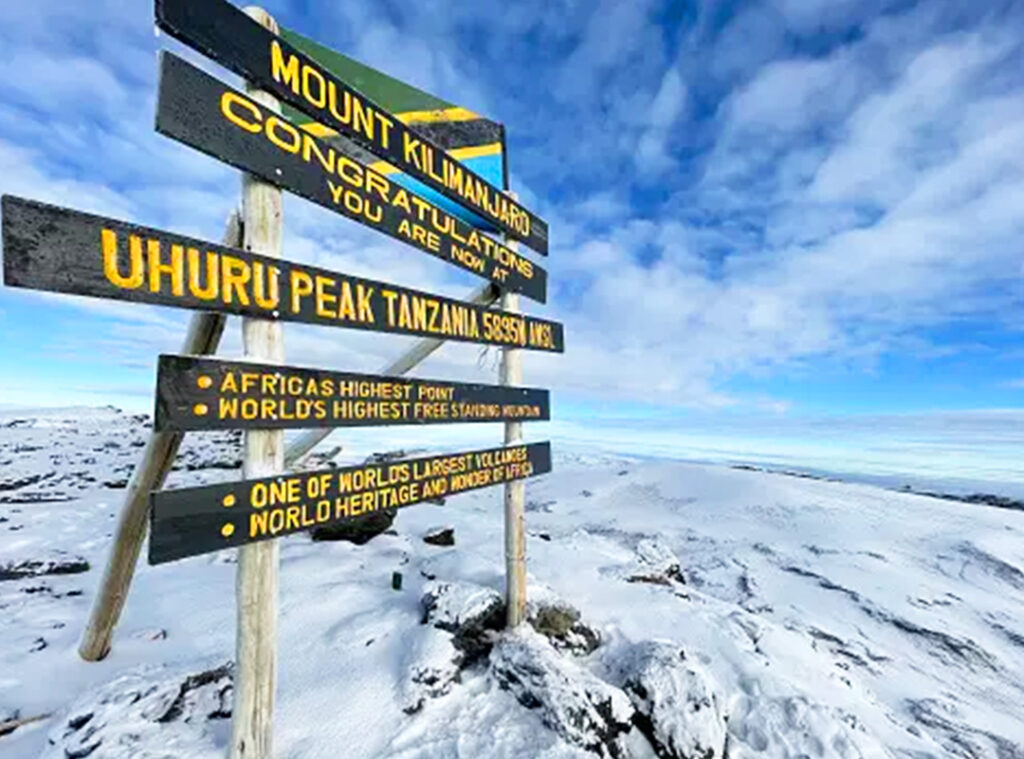

Gettig to Mount Kilimanjaro
Mount Kilimanjaro is located in northern Tanzania in a region that goes by the same name, Kilimanjaro.
The most efficient way to reach the mountain by flying into Kilimanjaro International Airport (JRO) located between the towns of Moshi and Arusha. This airport is well connected with regular flights from airlines such as KLM, Ethiopian Airlines, and Emirates.
If you’re already in Tanzania or exploring nearby destinations, you can also arrive via Zanzibar or Dar es Salaam, and then catch a short domestic flight to JRO.
Before starting your Kilimanjaro climb, you’ll likely spend the night in either Moshi or Arusha. Both towns offer good access to the mountain, but Moshi is the closest to most trailheads, making it the preferred base for many trekkers looking for a smoother start to their journey.
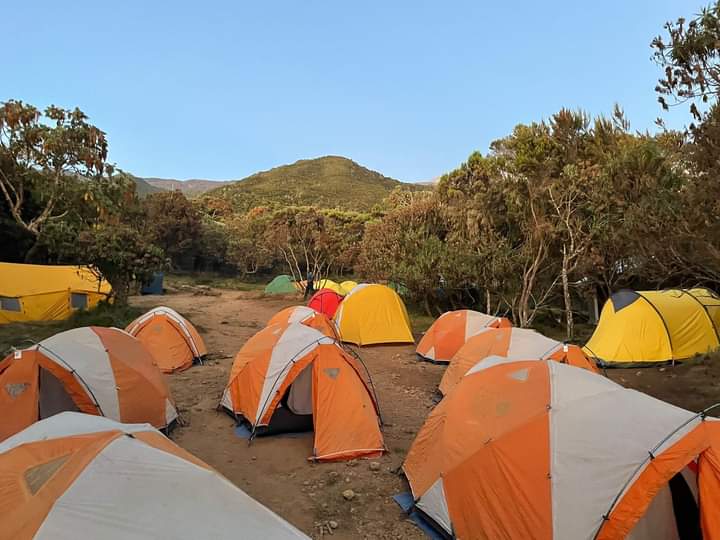
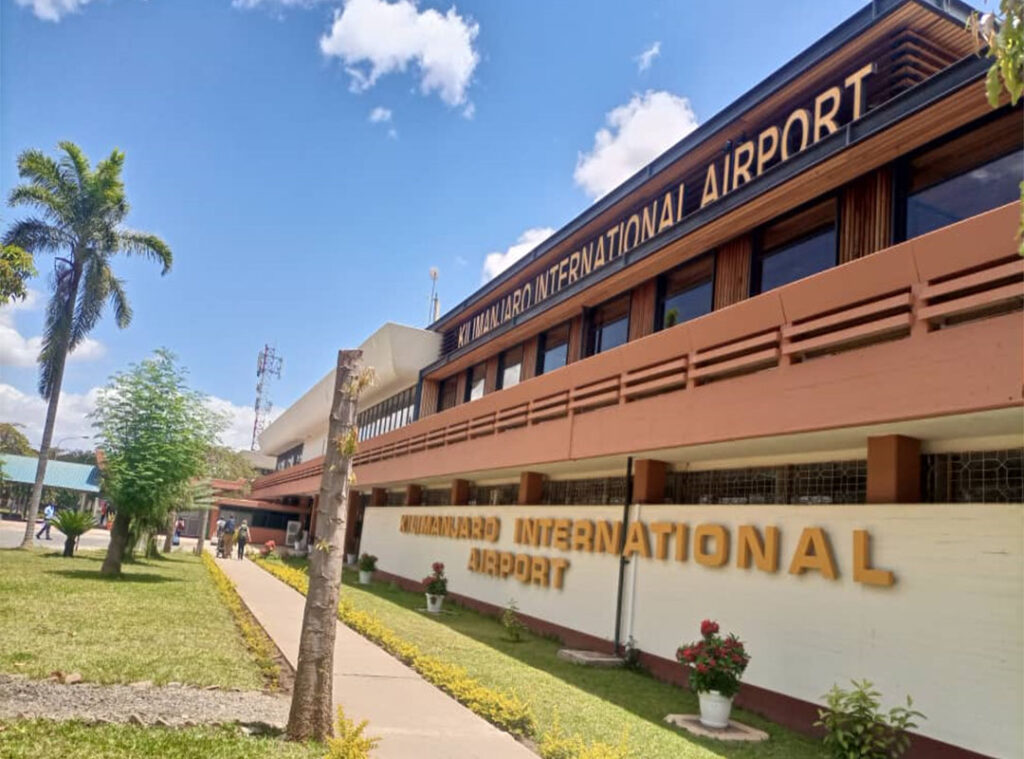
Kilimanjaro Climb : Sleeping Arrangements
When climbing Mount Kilimanjaro, your sleeping arrangements will depend on the route you choose.
The Marangu route offers hut accommodations with basic shelter, bunk beds, mattresses, solar lighting, dining areas, and simple washrooms. You will stay at Mandara Hut (2,700 meters), Horombo Hut (3,720 meters), and Kibo Hut (4,703 meters).
For the Machame, Umbwe, Lemosho, and Rongai routes, you will sleep in tents set up by your porters at designated campsites. These tents are sturdy and provide adequate shelter. The last camp before the summit push is usually Barafu Camp. After summiting, you will descend and sleep at a lower altitude camp like Mweka Camp.
Each campsite provides basic facilities, including toilets. It’s essential to bring a good sleeping bag suitable for cold temperatures, as nights on Kilimanjaro can be very cold.
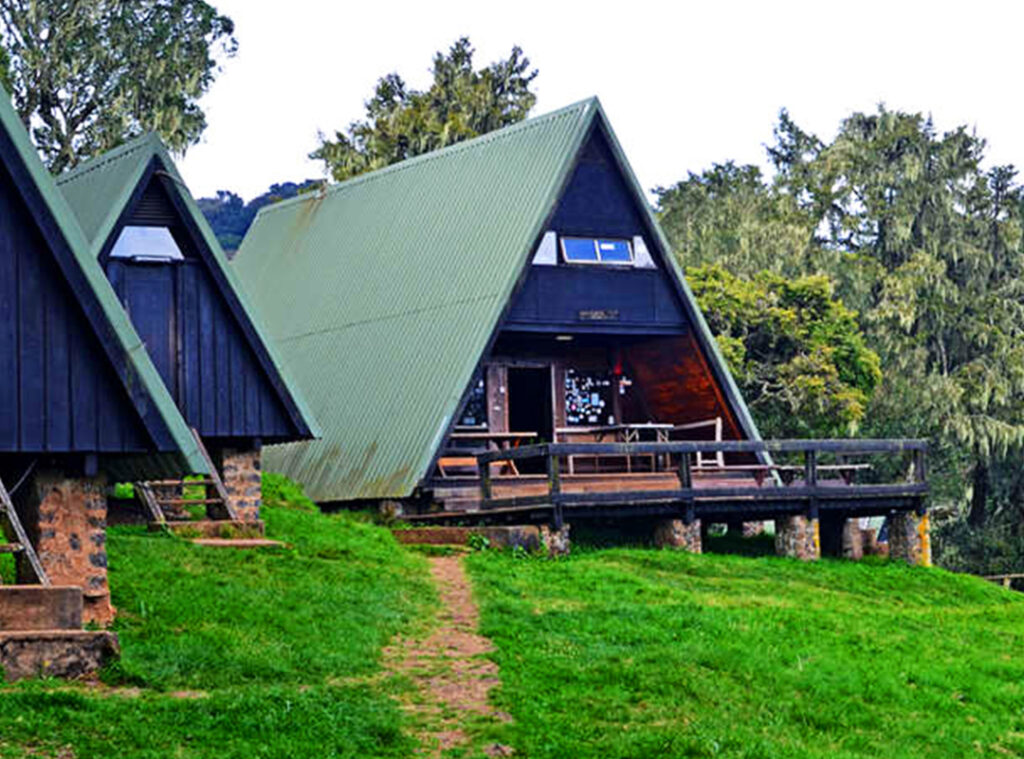
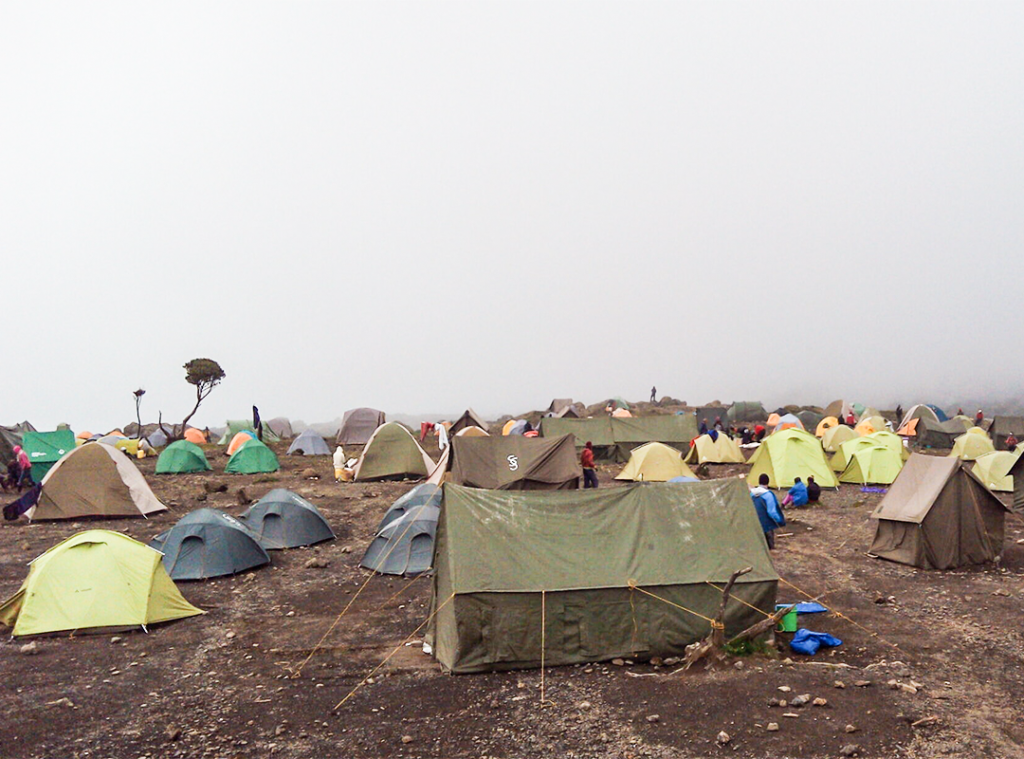
Breakfast, Lunch, Dinner During Your Kilimanjaro Climb
When climbing Mount Kilimanjaro, your meals will be planned to ensure you have enough energy for the trek. Here’s what you can expect to eat:
Breakfast: Start your day with a hearty breakfast to fuel your morning hike. Typical breakfast options include porridge, eggs, toast, pancakes, and fresh fruit. You’ll also have tea, coffee, hot chocolate, and milk available.
Lunch: Lunches are often packed and eaten on the trail. They typically include sandwiches, boiled eggs, chicken, pasta salads, and fresh fruit.
Dinner: Dinners are warm and substantial to help you recover from the day’s exertion. Meals often consist of soups, rice, pasta, potatoes, meat (such as chicken or beef), and a variety of vegetables. Desserts like fruit or cake may also be served.
Snacks: it’s important to snack regularly to keep your energy up. High-energy snacks are essential for the trek. Recommended snacks include energy bars, trail mix, nuts, dried fruit, fresh fruit, chocolate, crackers, cheese, granola bars, and jerky.
Hydration: Staying hydrated is crucial at high altitudes. Drink plenty of water and consider adding electrolyte tablets to prevent dehydration. Hot drinks like tea, coffee, hot chocolate, and milk are also available at campsites to help you stay warm and hydrated.
Dietary Restrictions: If you have any dietary restrictions or preferences, feel free to contact us so that we can customize and arrange your meals based on your preferences. We accommodate most dietary needs, including vegetarian, vegan, gluten-free, and other special diets.

Kilimanjaro Climb: Route Highlights and Experiences
During your Kilimanjaro climb, each route offers unique sights and experiences.
The Marangu route, also called the “Coca-Cola” route, starts in lush rainforests and goes through moorlands and alpine deserts. You’ll see volcanic formations and a variety of flora and fauna.
The Machame route, known as the “Whiskey” route, begins in thick rainforests and passes through heath and moorlands. The Shira Plateau provides wide views of glaciers, and you’ll ascend to the summit via Barafu Camp.
The Lemosho route ascends gradually through rainforests and across the Shira Plateau, offering views of the mountain’s western slopes and volcanic landscapes.
The Umbwe route is challenging, ascending quickly through dense forests before joining the Machame route. It offers steep climbs and spectacular views of the surrounding landscape.
The quieter Rongai route starts from the north, crossing remote wilderness areas with views of Mawenzi peak. You’ll ascend to Uhuru Peak via Gilman’s Point, where you’ll see the crater and glaciers up close, reaching the highest point in Africa.
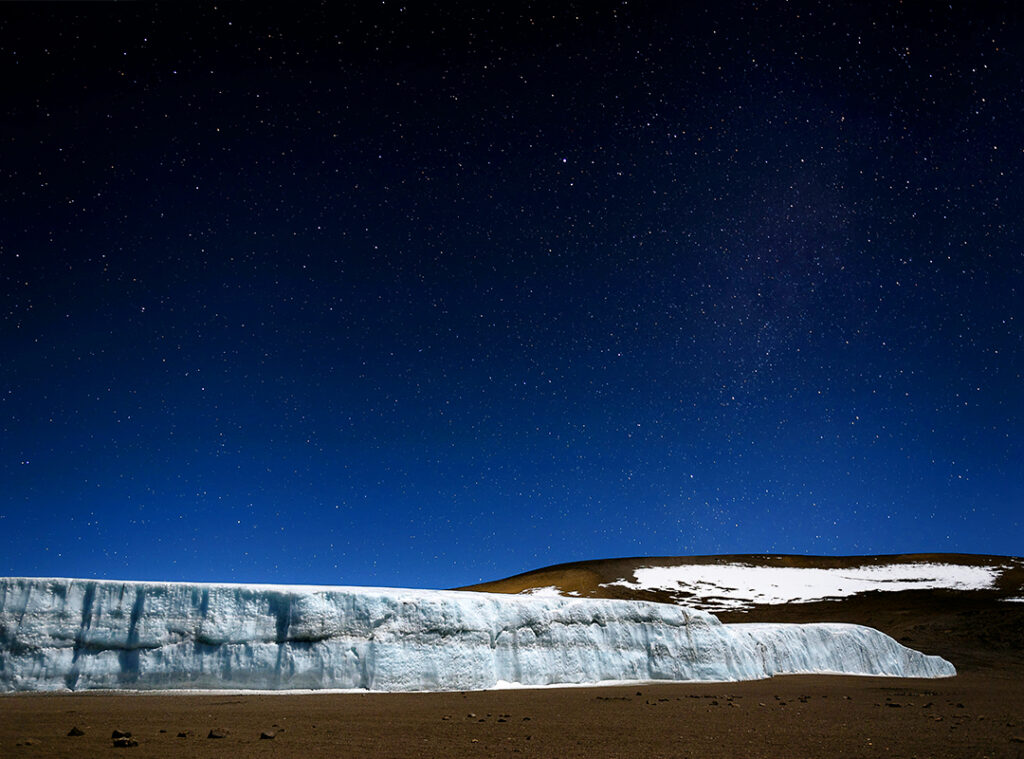
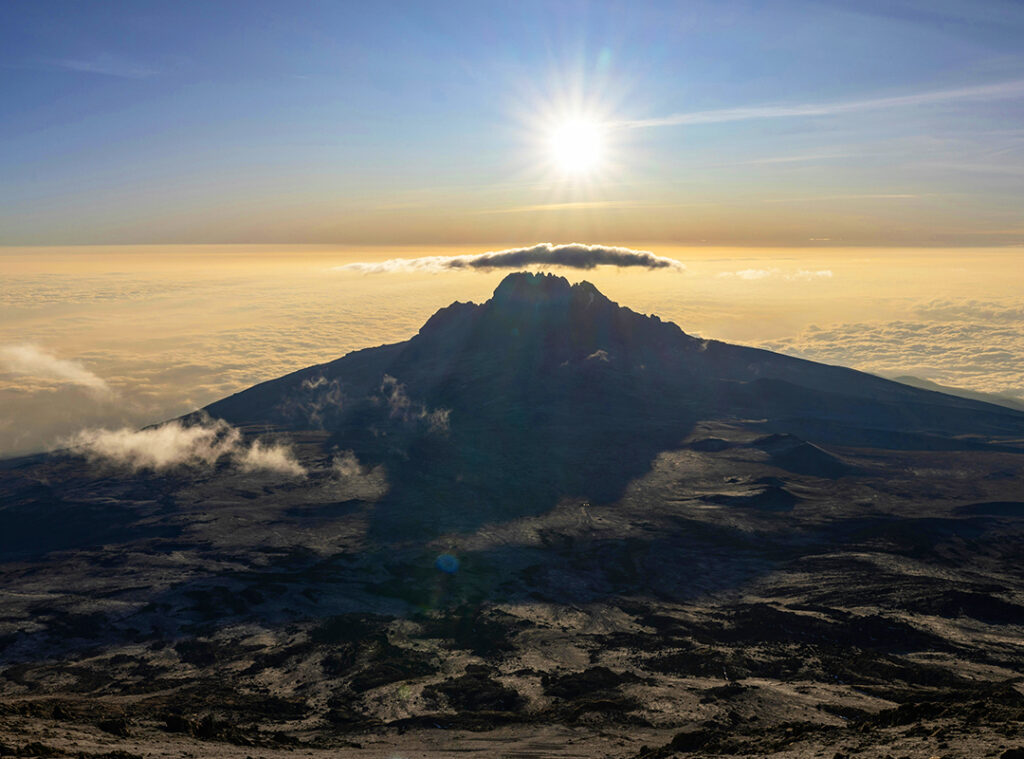
Kilimanjaro Climb: Health and Safety Tips
As you prepare for your Kilimanjaro climb, your health and safety are our top priorities. Here are some important tips to ensure a safe and enjoyable trek:
Altitude Sickness: Altitude sickness is common and can cause headaches, nausea, and dizziness. To minimize this risk, we recommend climbing slowly and allowing your body time to adjust. Our experienced guides will monitor your health closely. Please communicate with them if you feel unwell at any point.
Hydration and Nutrition: Staying hydrated is essential. Drink plenty of water throughout the day. We provide balanced meals, but we also recommend bringing high-energy snacks like energy bars, nuts, and dried fruits to keep your energy levels up.
Proper Gear: Ensure you have the right gear. Dress in layers to adapt to changing temperatures, and wear sturdy, waterproof hiking boots. A warm sleeping bag suitable for cold nights is also important.
Physical Fitness: Being in good physical condition will help you handle the trek’s demands. We suggest regular cardiovascular and strength training exercises before your trip.
Experienced Guides and Porters: Our certified guides and porters are trained to handle emergencies and are familiar with the mountain’s conditions. They will provide you with support and ensure your safety throughout the climb.
Safety Precautions: Carry a personal first aid kit with essential supplies, including any medications you may need. Our guides also carry first aid kits and oxygen tanks for emergencies.
Environmental Respect: We practice and encourage Leave No Trace principles. Please dispose of waste properly, avoid disturbing wildlife, and stay on marked trails to help protect Kilimanjaro’s environment.
By following these guidelines, you can ensure a safer and more enjoyable climb. Listen to your body, stay hydrated, and trust our team to guide you safely to the summit.
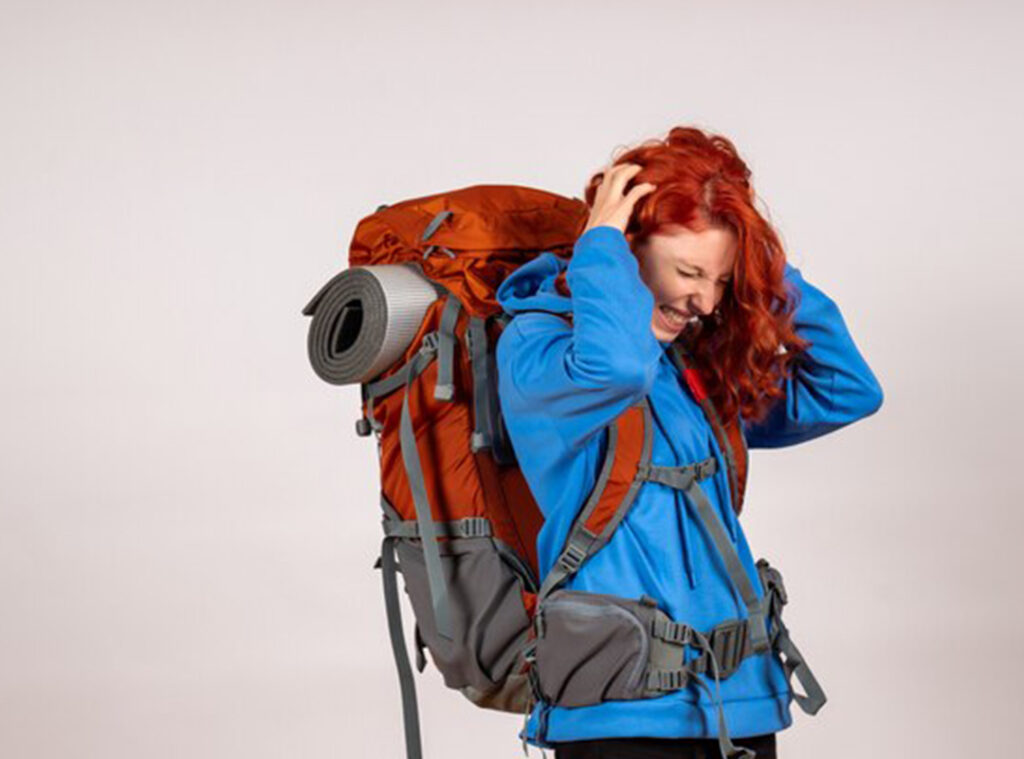
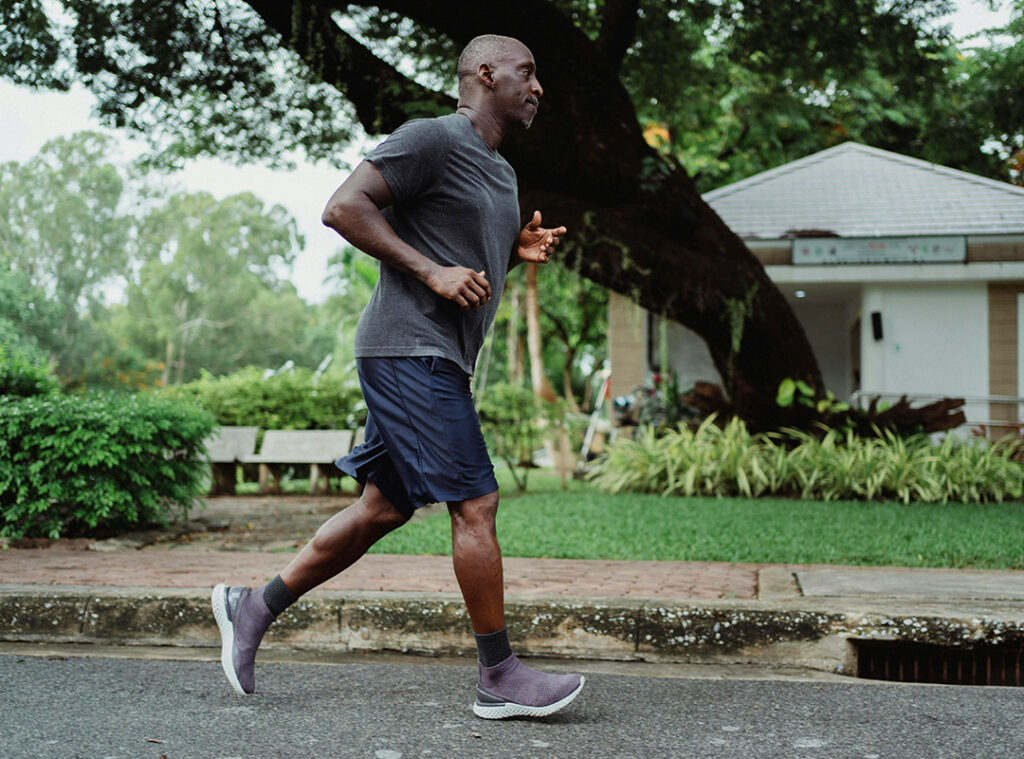
Kilimanjaro climb : When and how to do it
You can climb Kilimanjaro any day of the year, although certain months offer better weather conditions. The preferred climbing seasons are from June to October and from December to mid-March, when the weather is generally dry. During the rainy season, from April to the end of May, the Rongai route is recommended as it experiences little to no rain.
Choosing the right route is crucial for a successful climb. Each route offers unique highlights and challenges. Please contact us to customize your climb for the best possible experience and highest chance of success.
Click a Kilimanjaro climb package below to view additional route details, itinerary and pricing.
Kilimanjaro Climb Itineraries
From scenic routes to fast ascents, our Kilimanjaro climb packages are guided by locals and tailored to your pace, comfort, and summit goals.
8 Days Lemosho Route Trek
A scenic, less-crowded Kilimanjaro climb with high success rates—ideal for acclimatization and amazing views.
7 Days Machame Route Trek
Our most popular Kilimanjaro route—lush forests, Shira Plateau, and epic summit views via the iconic “Whiskey Route.”
Known as the “Coca-Cola Route,” this is the only Kilimanjaro climb with hut accommodations great for beginners.
9 Days Northern Circuit Route Trek
The longest and quietest Kilimanjaro route ideal for seasoned hikers seeking solitude and maximum acclimatization.
7 Days Rongai Route Trek
Approach Kilimanjaro from Kenya on the northern dry, remote, and great for rainy season treks with fewer crowds.
7 Days Shira Route Kilimanjaro Trek
A unique high-altitude start with dramatic landscapes perfect for acclimatized trekkers looking for a shorter version of Lemosho.
Kilimanjaro Climb FAQs
Yes, with proper preparation and our knowledgeable, experienced guide, it is generally safe. Our guides are trained to handle emergencies and monitor climbers’ health.
No, there is no electricity on the mountain. Please bring portable chargers and extra batteries for your electronic devices
A four-season sleeping bag rated for temperatures as low as -10°C (14°F) is recommended. Sleeping pads are also provided for insulation and comfort.
Accommodations before and after the climb are usually in hotels or lodges in towns like Moshi or Arusha, offering basic comforts and amenities.
A minimum of 6-9 days is recommended for optimal acclimatization and a higher chance of reaching the summit. Shorter itineraries increase the risk of altitude sickness.
Yes, you can combine the trek with safaris, cultural tours, or visits to Zanzibar. Please contact us to customize your combination based on your preferences and budget, whether it’s a safari, Zanzibar trip, or day trips.
Our guides will descend you to lower altitudes, encourage rest, hydration, and sometimes administer medication like Diamox.
Recommended vaccinations include yellow fever, hepatitis A and B, typhoid, and routine vaccinations. Please contact us for specific advice.
During the rainy seasons (March-May and November), longer durations may be necessary due to difficult trail conditions. Dry season(June-October) offer more predictable weather and faster ascents
Success rates are higher for longer routes. For example, the 8-9 day Lemosho and Northern Circuit routes have success rates above 90%, while shorter routes have lower success rates
Symptoms include headaches, nausea, dizziness, and shortness of breath. Severe cases can lead to high altitude pulmonary edema (HAPE) and high-altitude cerebral edema (HACE). If you experience these symptoms, please ask our guide for regular checks.
Absolutely, hot drinks such as tea, coffee, and hot chocolate are provided, especially in the mornings and evenings to keep your body warm.
While shower facilities are not available on the mountain, You can maintain cleanliness by using warm water and soap provided by porters to wash hands and face each night. Additionally, you can use wet wipes and ample deodorant to feel refreshed despite the absence of showers.
The shortest route is the Marangu route, typically taking 5-6 days, while the Northern Circuit is the longest, requiring about 9-10 days.
Yes, we offer customizable itineraries to suit your schedule and preferences, with options for additional acclimatization days
We offer meals that are nutritious and energy-boosting, including items like porridge, pasta, rice, vegetables, and protein sources. If you have special dietary needs, please feel free to contact us so that we can customize your meals.






